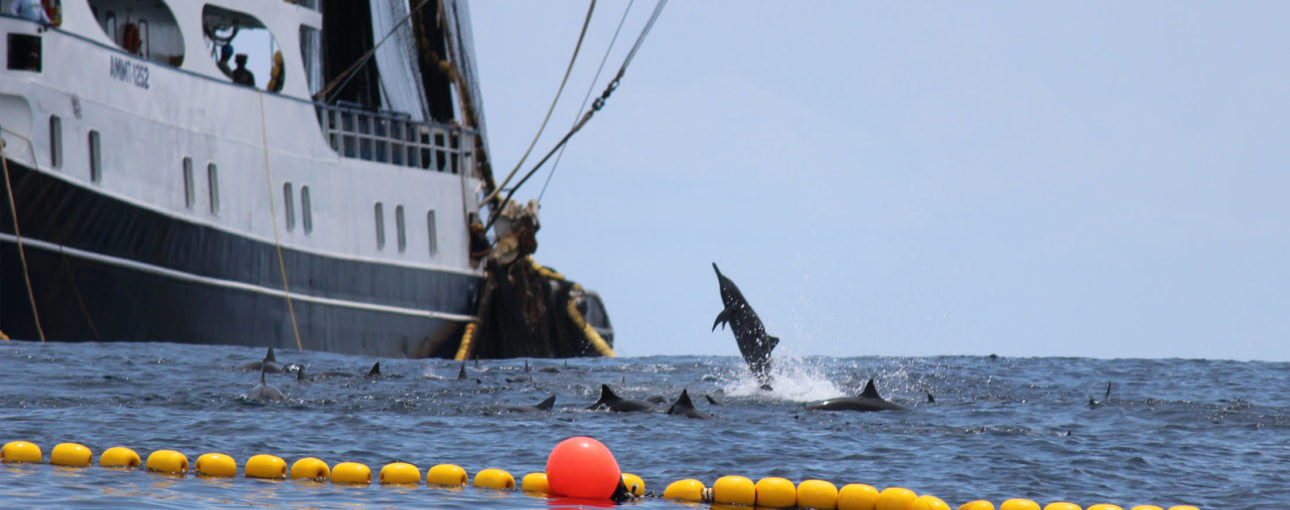Reader Not Fond of ‘Torturing Fish’ — but Sport Fishing in Costa Rica isn’t The Problem
By Todd Staley from the Tico Times – Sport Fishing in Costa Rica
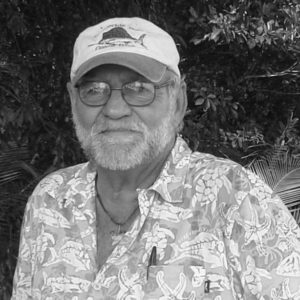 I started doing the fishing column for The Tico in Costa Rica Times years ago when it still had a print edition. Four years ago I went over the side of the aptly named Cerro de la Muerte, or Mountain of Death, and tumbled 200 feet downhill, nearly killing my wife.
I started doing the fishing column for The Tico in Costa Rica Times years ago when it still had a print edition. Four years ago I went over the side of the aptly named Cerro de la Muerte, or Mountain of Death, and tumbled 200 feet downhill, nearly killing my wife.
I fell into a funk watching her suffer operation after operation. My close friends tried to convince me it was an accident, but I couldn’t help feeling responsible, and the guilt was overwhelming. I lost the desire to write, along with many other things.
My wife is much better but will never be the same, and I eventually worked my way out of the funk I was in. Recently, Karl Kahler of The Tico Times interviewed me for an article he was writing, and I mentioned that I used to do the fishing column for the paper. He invited me to return.
Well, right out of the chute on my first report about the Offshore World Championship fishing tournament at Marina Pez Vela, I found a reader who was not so fond of me. Someone using the name Wigsy wrote in, saying:
“Regarding: ‘Even though the numbers of sailfish were noticeably absent, the numbers of marlin caught were much better.’ …For cripes sake, catching these fish (for sport?!!) injures them and causes trauma and stress at the very least. So much for eco tourism. And an Oil company sponsoring it. Obviously with this size of “tourny” Costa Rica’s billfish population will continue to decline. They likely were forced to have the competition Offshore as it would be illegal to do so within the boundary limits. Time to get a new hobby, boys: how about bird watching (instead of torturing fish for fun)? Some people in Costa Rica need to fish in order to survive, making this sort of fiasco the perfect image of perverse excess. Obvious lack of any journalism in this article. (Perhaps it was written by the sponsors and should instead be labelled an advertisement.)”
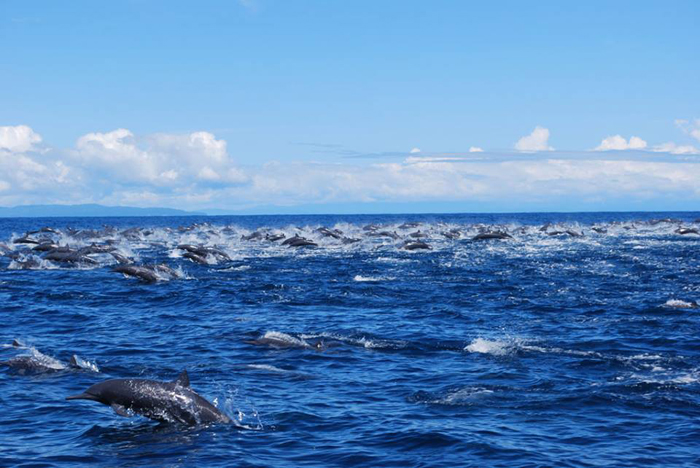
My guess is that Wigsy’s father, grandfather, or even single mother, as in my case, never taught him how to fish. My mother taught me to respect and care for the ocean, to keep only what I needed and put the rest back. She also taught me the secret to happiness is doing something for others and not expecting anything in return, and that a man’s ego is his worst enemy, so Wigsy’s jabs at my lack of journalism skills didn’t sting too badly.
I am an old Florida redneck fisherman. I talk like one and write like one. It is a language both male and female anglers understand. I never went to Harvard or Yale or any fancy journalism school. My universities have been the Gulf of Mexico, the Atlantic, the Caribbean and the Pacific, and I have been in class for over five decades. I have learned to love and respect the ocean and the fabulous creatures that live in them. I never leave port without God and the ocean goddess Yemaya in my vessel.
Wigsy, like many others, does not understand sportfishing and thinks it is just a bunch of rich Gringos coming down here to molest fish for fun. Sportfishing benefits many Costa Ricans. I have been in the sportfishing business here over 25 years and have employed over 1,000 Costa Ricans at a better than average salary with full benefits.
I have seen them build nice homes for their families and send their children to universities with their earnings from sportfishing. In fact, a study of social economics done by the University of Costa Rica showed that sportfishing contributed 1.2 percent of Costa Rica’s annual $55 billion gross national product. Commercial fishing here contributes around .07 percent of the annual GNP.
Mark Twain taught me not to argue but rather educate. The part of Wigsy’s note that struck a chord was “Some people in Costa Rica need to fish in order to survive.” I assume he is talking about Costa Rican commercial fishermen, and he is absolutely right: they need to make a living. Where sport fishing is a sustainable activity with catch-and-release practices, commercial fishing is extraction.
A sailfish released by a sport fisherman is worth around $3,000 to the economy, while a dead sailfish off to the market is worth around $80. At the pace the world is going, experts say the world’s fisheries will be almost completely exhausted by the year 2050. The problem is not commercial fishermen or sport fishermen. The problem is non-selective and non-sustainable types of fishing. Bycatch, the killing of non-targeted species while fishing for market species, is a major problem worldwide.
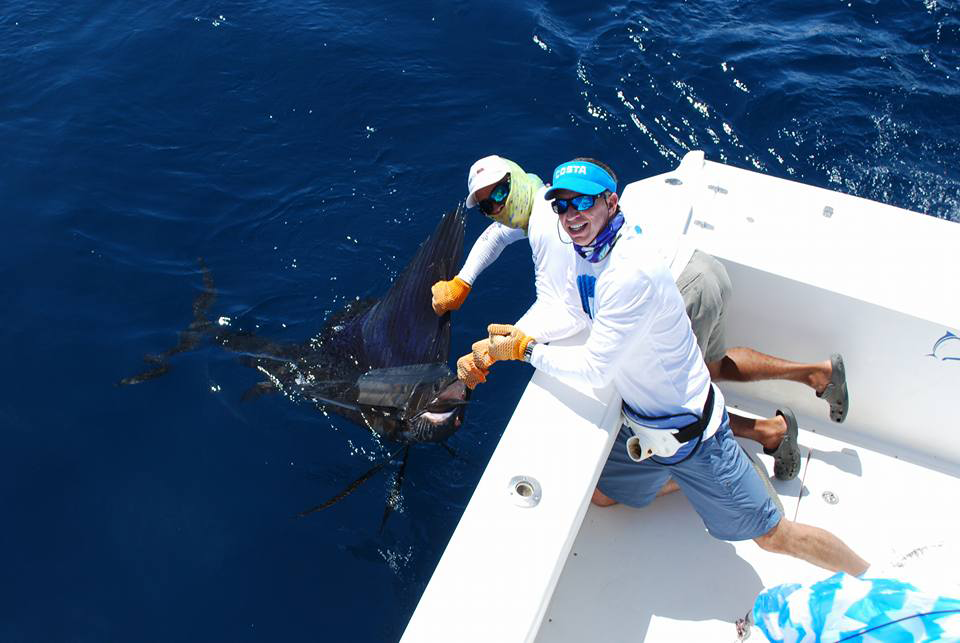
Almost everyone coming to Costa Rica likes fresh seafood and Costa Rica has some of the best. Not just fishermen, but also ecotourists and even birdwatchers want to eat seafood while they are here. One thing overlooked by most eco-resorts waving the sustainability banner is their restaurant menu. Are all items on the menu captured in a sustainable manner?
Many people have no idea how fish are caught in this country. Let’s take a look.
Tuna Pursein Fishing
Yellowfin tuna have a symbiotic relationship with dolphins. If you see a huge pod of dolphins on the surface, the tuna will be below. Since 1950, over 6 million dolphins have perished in purse seine nets, and even though dolphin deaths are few these days, tell me if this practice deserves a “dolphin safe” label on the can.
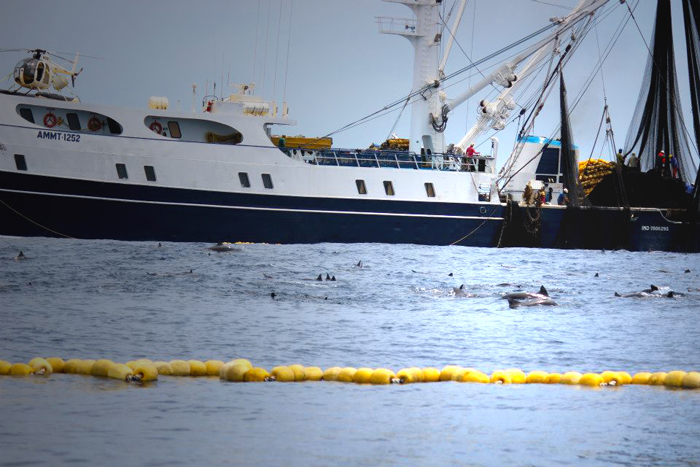
Tuna fishing vessel with dolphin chase boats circles dolphins off the Osa Peninsula
A helicopter takes off from the deck of a tuna boat and locates a pod of spinner dolphin. They begin to drop explosives, “cherry bombs,” illegal but often used on the dolphins to move them in the direction of the boat. The tuna will follow. When in position the whole pod of dolphins will be encircled by the net. After the net is closed, workers on the boat will drop one end of the net to release the dolphins that did not escape by jumping over it, but pods are broken up, young are separated from their mothers, a few die and the rest are traumatized. How safe is that? Not to mention all the billfish, turtles, sharks, manta rays, dorado and wahoo that are discarded, dead, back in the ocean.
A project was started by the Costa Rican Fishing Association (FECOP), a Costa Rican sportfishing lobby, during the administration of President Laura Chinchilla (2010-2014) and finally signed by decree by President Luis Guillermo Solís, moving the purse seine boats out 45 miles from the coast and protecting other sea mounts for a total of more than 200,000 square kilometers protected from purse seine activity. They also supplied the science for the current proposal to reduce the tuna fleet from 44 licenses down to seven to nine, and the annual harvest from 23,000 metric tons down to 8,000.
Longlining in Costa Rica
Another non-selective type of fishing is longlining — laying a line of baited hooks on the surface from 10 to 40 miles long or longer, and hours later picking it up to retrieve the catch. Dorado and sharks are the target species but thousands of sailfish, marlin and turtles all perish as well. If the catch is poor they will keep the sailfish, which are required by law to be released if alive. If the catch is good the sailfish is sometimes left dead on the line because the carcass creates a shadow below, attracting dorado, and the rotting flesh attracts sharks.
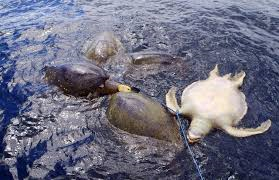
In January 2013 and again in November, there was an epidemic of dead sea turtles found floating in southern Costa Rica during two of the top months for dorado fishing. Nearly 400 turtles were discovered dead, and autopsies determined that longlines were to blame.
Using live bait on longlines has been a concern of sportfisherman, who say it increases the capture of non-target species like sailfish. INCOPESCA, which governs Costa Rica’s fishing laws, did a test to see if live bait really increased sailfish mortality. They set lines off Quepos from Aug. 25 to 29, varying from 4 to 10 miles in length. Of course, they picked August, when there are very few sailfish around. At the end of their four-day test, they had caught 14 dorado, three sailfish, two thresher sharks, three manta rays and 41 sea turtles.
Shrimp Trawling in Costa Rica
This is probably the least sustainable type of fishing, where sleds drag the bottom, tearing up fauna and holding the nets down. For every kilo of shrimp caught, nine kilos of juvenile fish and other marine life die. Shrimping got so bad here that boats were targeting bottom species generally fished by the small-scale artisanal fleet. Shrimping has been banned in Costa Rica, with the last license expiring in 2019, but the shrimpers are lobbying with plenty of opposition to fish in a non-existent sustainable fashion.
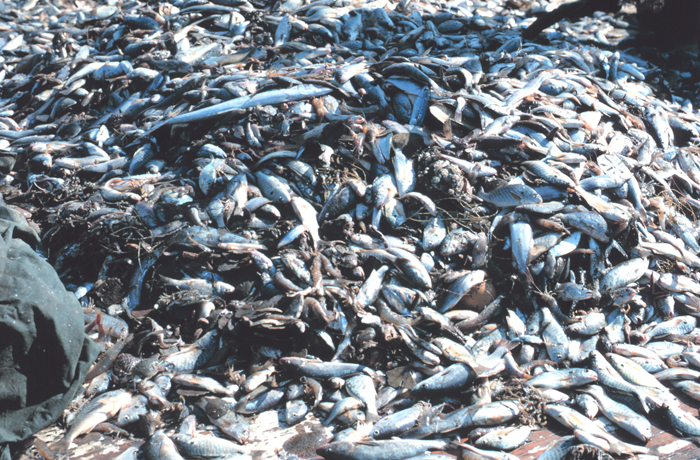
Our oceans can no longer support non-selective types of fishing. It is not about fat rich Gringos verses humble Costa Rican fisherman. It is about the very life blood of our oceans.
Todd Staley has run fishing sport operations on both coasts of Costa Rica for over 25 years. He recently decided to take some time off to devote full time to marine conservation. Contact him at wetline “at”hotmail.com
Related Sport Fishing Articles
Explaining The Costa Rica Tuna Decree
Costa Rica Sport Fishing – Sailfish for Dummies
Costa Rica Sailfish WANTED Alive!
Young Biologist Studies Sailfish

